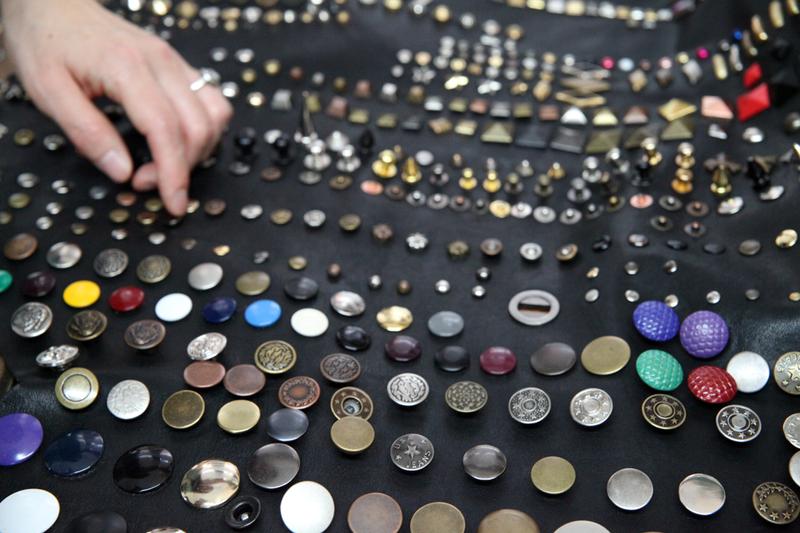
At New York Fashion Week, the world’s most prominent designers show off their newest work on fashion’s biggest stages.
But behind the scenes, there are other innovations in the industry underway—like adaptive clothing. The adaptive clothing movement centers on designing clothes for people with physical disabilities, and the disabled community is pushing to make stylish functionality mainstream.
Many times, people with disabilities don't have a lot of options besides expensive tailoring, or wearing clothing specifically designed for functionality. But adaptive design changes that by addressing medical needs without sacrificing fashion.
Mindy Scheier is the founder of Runway of Dreams, a nonprofit dedicated to advancing adaptive fashion in the mainstream. She says making adaptive fashion work begins with including the disabled community on every level of the fashion industry.
"We want people to rethink the everyday, from getting dressed in the morning to who you're hiring for jobs in the industry to who you’re looking at in magazines," Scheier says.
Scheier says the disabled community is a huge demographic—it's the largest minority in the world, with almost a billion people diagnosed with some kind of disability. Through activism and social media, advocates, designers and wearers of adaptive clothing are pushing to get the message out.
The Open Style Lab at Parsons School of Design is similarly dedicated to spreading the word. Taking a user-based approach to fashion design, fellows and students at the lab create clothes for people with physical disabilities.
To engineer adaptive clothing, designers have to conduct lots medical research and prototyping before even choosing fabrics or sewing pieces together. They undergo empathy training to learn how to consult with disabled clients. They use cutting-edge technologies and materials—think super-strong adhesive tape along seams, or thin magnet strips instead of buttons.
The lab's ultimate goal is to make adaptive fashion universal. Grace Jun, the executive director of the Open Style Lab, says combining functionality with style is more common than people might think—for example, glasses used to be assistive technology.
"Now it's fashionable," she says. “That's the same way we're trying to approach all of the things we make and get the industry to turn heads and be like, 'This isn't just trendy. But it has real purpose. And it looks good. So, wouldn't you want one, too?'"
